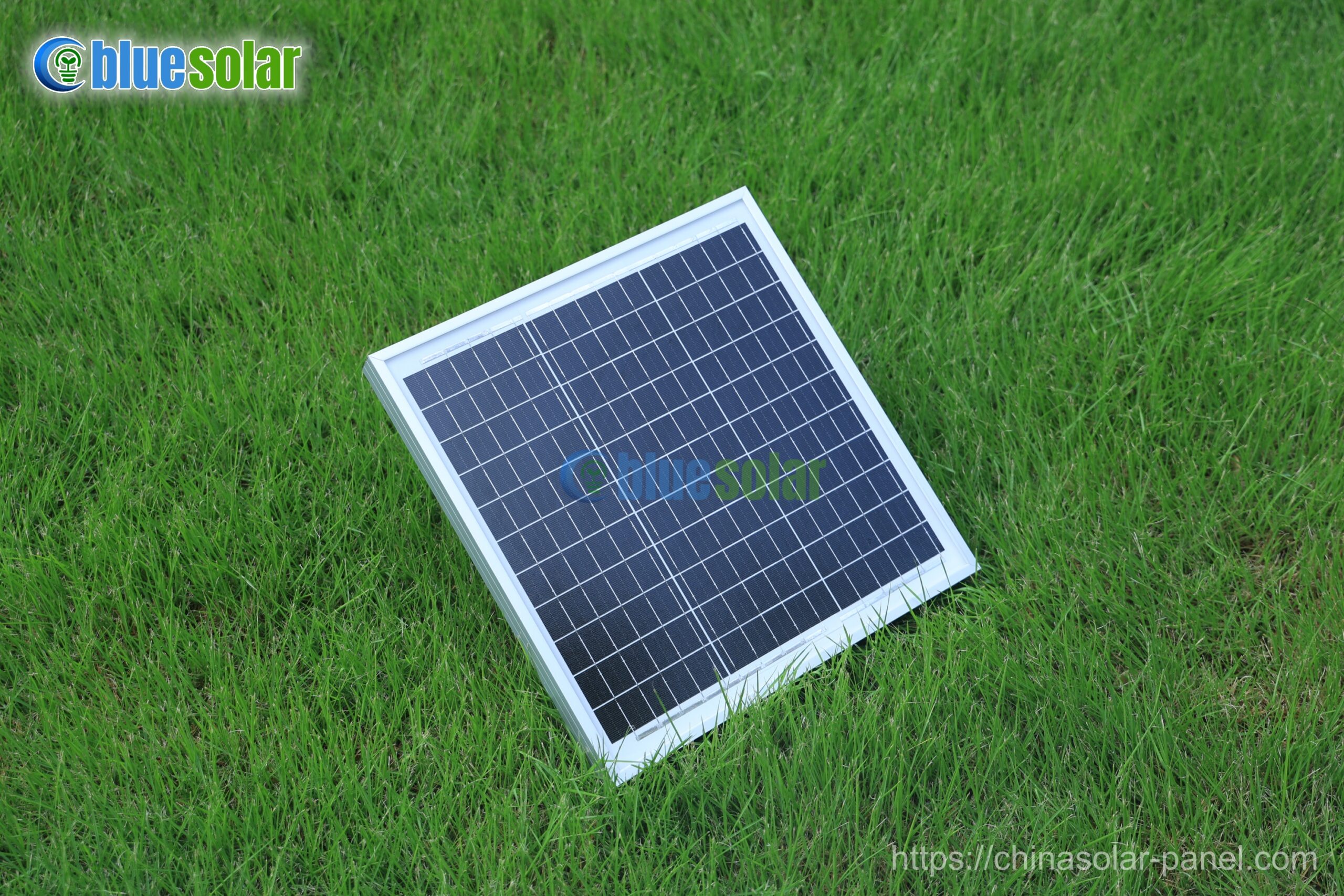The encapsulation of solar panels is crucial for protecting the photovoltaic cells from environmental factors (moisture, dust, mechanical stress, etc.) and ensuring long-term performance. Here are the common encapsulation methods:
1.Glass-Backsheet Encapsulation (Standard Method)
Tempered glass is the most common front layer in solar panels due to its strength, transparency, and durability. Below are the primary techniques:
Structure:
– Front Layer: Tempered glass (high transparency, durable).
– Encapsulant: EVA (Ethylene Vinyl Acetate).
– Solar Cells: Embedded in the encapsulant.
– Backsheet: Multilayer polymer (e.g., Tedlar-PET-Tedlar) for moisture and electrical insulation.
– Advantages: cost-effective, widely used in traditional modules.
– Disadvantages: Backsheet may degrade over time under UV exposure.

2.ETFE Film-PCB Encapsulation
ETFE (Ethylene Tetrafluoroethylene) is a highly durable, transparent fluoropolymer used in solar panel encapsulation, particularly in flexible, lightweight, and high-performance applications like space solar panels, building-integrated PV (BIPV), and portable solar devices. ETFE offers excellent UV resistance, chemical stability, and self-cleaning properties, making it ideal for harsh environments.
Structure:
Front Layer: Transparent ETFE film.
Encapsulant: EVA (to bond cells).
Backsheet: PCB for moisture protection.
Process:
Solar cells are sandwiched between ETFE front sheet and a PCB.
Encapsulant: EVA is used as an adhesive layer.
Laminated using heat and vacuum pressure (similar to traditional glass modules).
Advantages:
Lightweight.
Superior UV resistance (ETFE does not yellow).
High transparency (~95% light transmission).
Disadvantages:
More expensive than EVA/glass encapsulation.
Requires precise lamination to avoid delamination.
3.PET Film-PCB Encapsulatoin
PET (Polyethylene Terephthalate) is a lightweight, cost-effective polymer used in solar panels, particularly in portable solar chargers, IoT devices applications. However, PET has lower UV and moisture resistance than ETFE or glass, so encapsulation must compensate for these weaknesses.
Structure:
Front Layer: Transparent PET film (UV-coated for better durability).
Encapsulant: EVA (to bond cells).
Backsheet: PCB for moisture protection.
Process:
Solar cells are sandwiched between PET layers and PCB, and laminated under heat/vacuum.
Advantages:
Lightweight.
Low-cost compared to ETFE or glass.
Disadvantages:
PET degrades under prolonged UV exposure (unless treated).
Not as durable as glass encapsulation.
4.Epoxy – PCB Encapsulation (Potting Method)
Epoxy resin is sometimes used in solar panel encapsulation, particularly in specialized applications like small DIY solar projects, portable solar devices etc. However, it is less common in mainstream commercial panels due to challenges like yellowing under UV exposure and brittleness over time.
Process:
Solar cells are placed in a mold.
Liquid epoxy resin is poured over the cells, fully embedding them.
The epoxy cures (either at room temperature or with heat) to form a rigid, protective layer.
Advantages:
Excellent moisture and dust resistance.
Strong mechanical protection (impact resistance).
Disadvantages:
Prone to yellowing/degradation under prolonged UV exposure.
Difficult to repair if cells fail.
Choosing the right encapsulation method for solar panels depends on factors like durability, cost, application, and environmental conditions. If you are not sure about which type of encapsulation to choose, please feel free to contact us, and our engineers will provide you professional advice based on your needs and applications.



